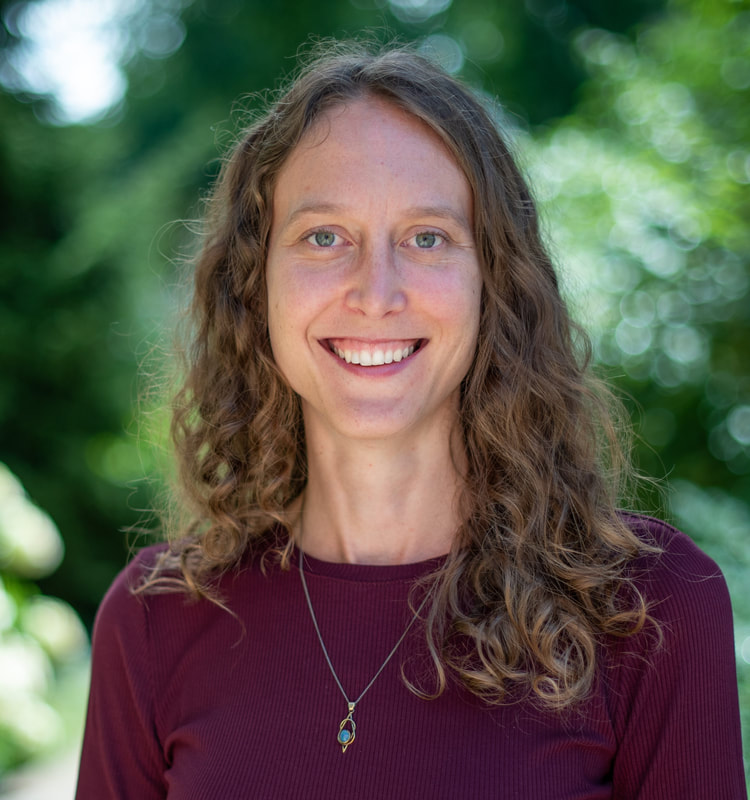About MeI'm a Geoscientist fascinated by the interplay between life, particularly microbial life, and physical aspects of the environment, both in the present day and back through geological time. I specialise in identifying and characterising ancient fossils in the form of microbialites (macroscopic structures built by communities of microorganisms) and microfossils (cellularly-preserved remains of microorganisms), and studying their mineralogic and isotopic signatures. This work provides insight into the type and diversity of life present early on in Earth's history and aids in the search for fossilised life elsewhere. You can read more about my research here.
I'm a former Postdoctoral Fellow of the NASA Postdoctoral Program, where I worked at Pennsylvania State University with the Laboratory for Agnostic Biosignatures to constrain universal signs of life in ancient rocks from Earth. I hold a Bachelor of Environmental Science, with Honours Class 1 in Geology, and a PhD in Geology through the Australian Centre for Astrobiology at the University of New South Wales, Sydney. Throughout my Geoscience career, I've had the opportunity to explore many beautiful and interesting places (check some of them out here!). I enjoy doing field work, but also being in the outdoors in general. Climbing, hiking, caving, and kayaking are some of my favourite activities. ContactFeel free to contact me by email or through my social media.
|
